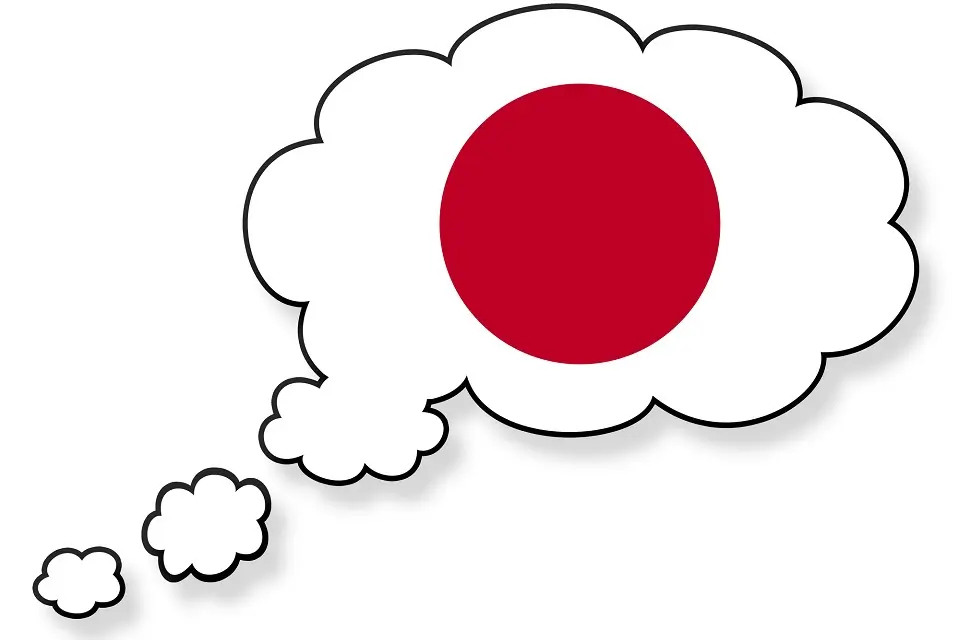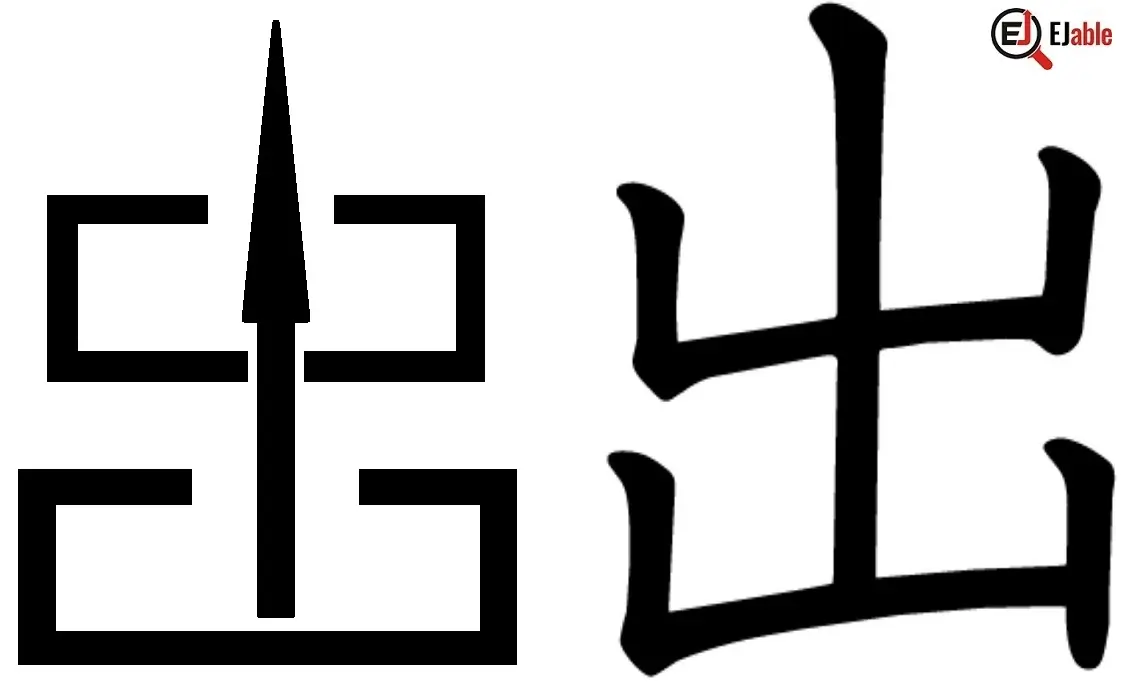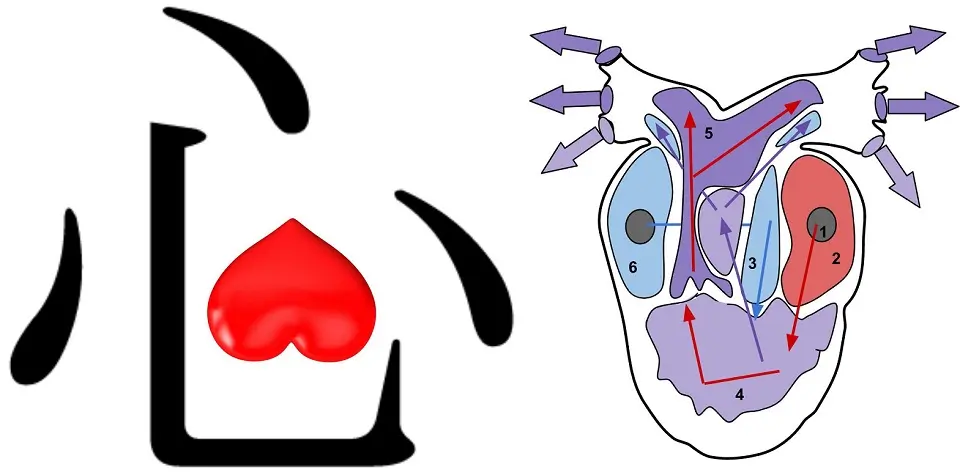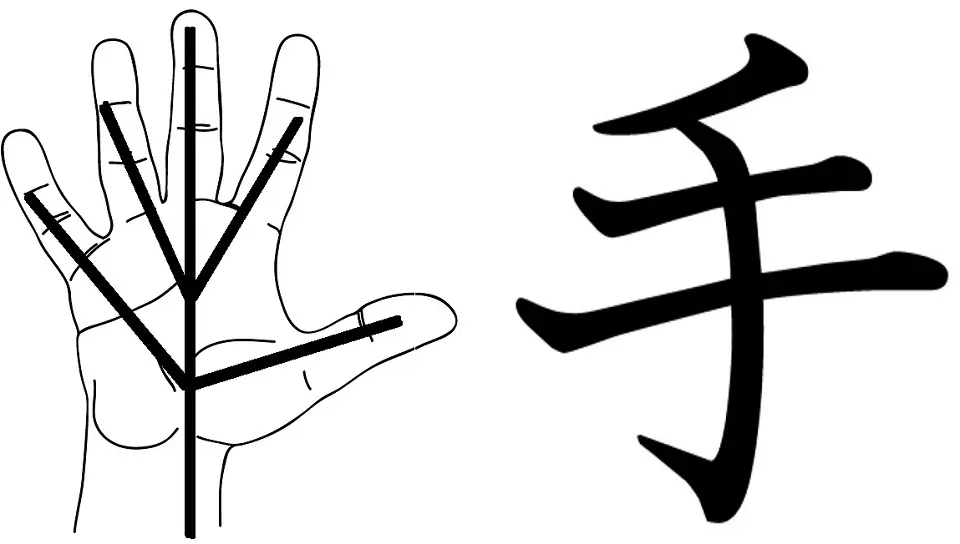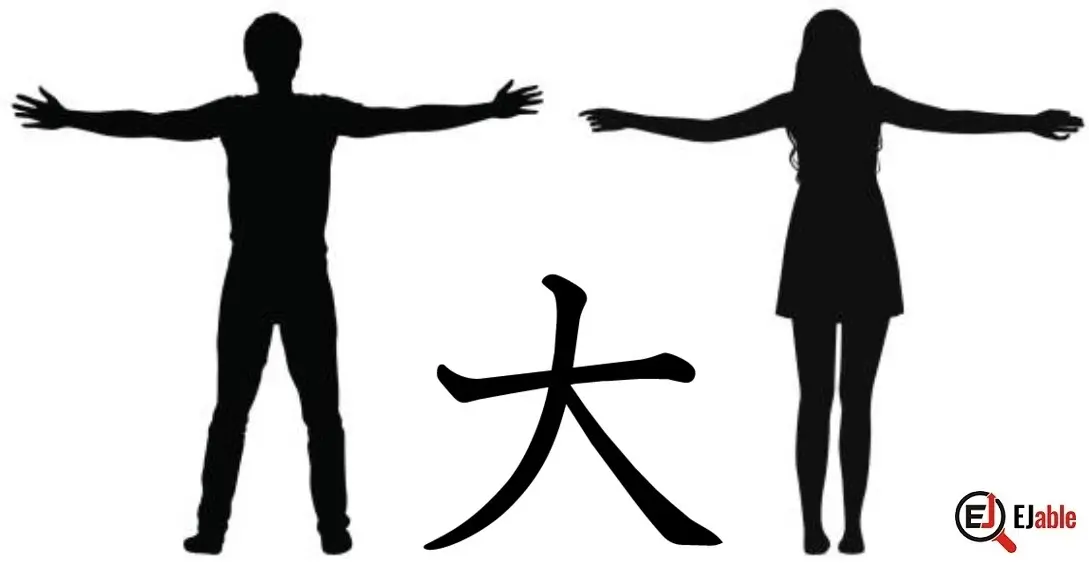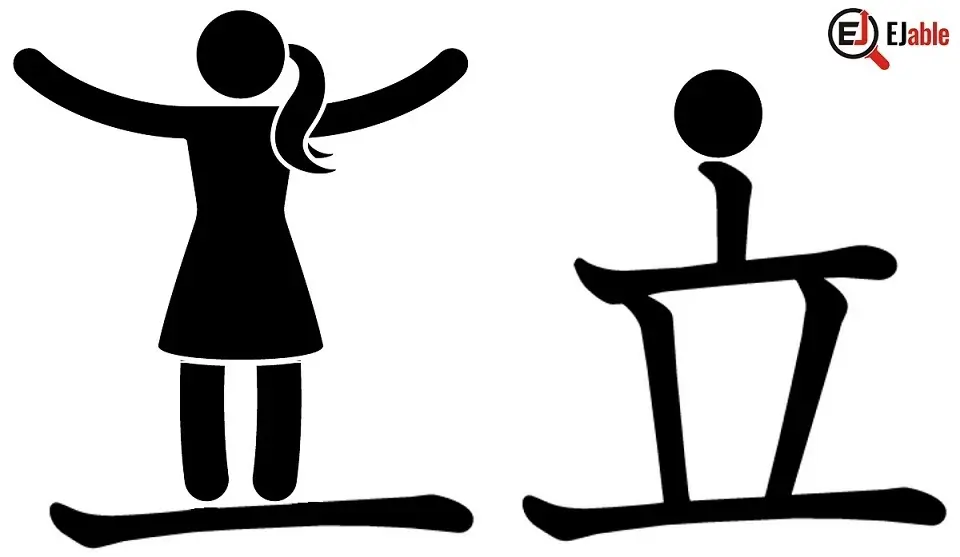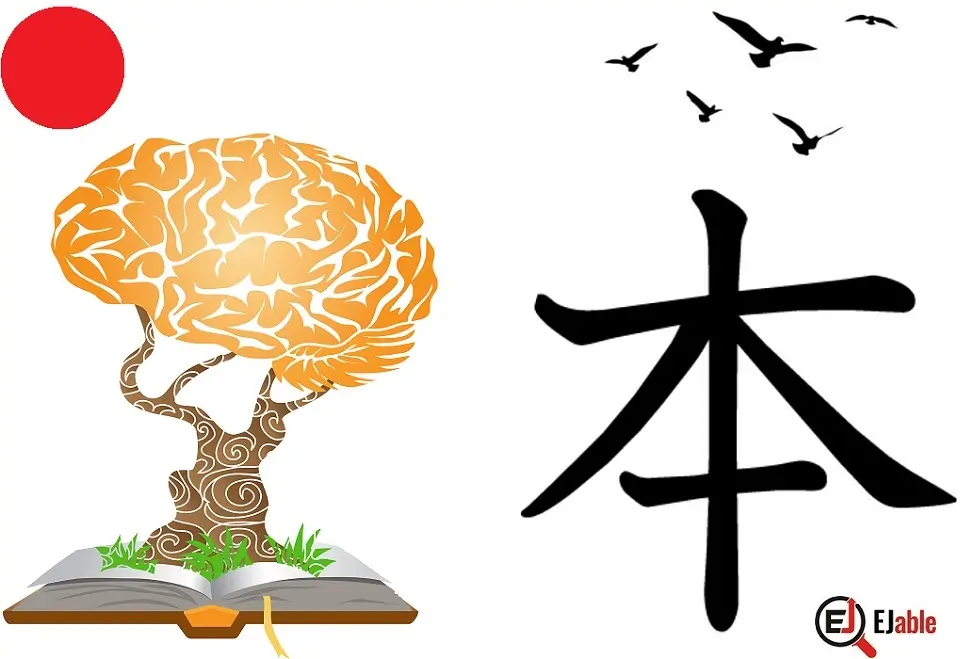Interview with Anand Joshi of SmartNews, Japan
This is the 12th interview in the “Interviews with Foreign Information Technology Engineers in Japan” series. “ EJable.com’s Ryoko Nagai talks to Anand Joshi of SmartNews, Japan. Video Interview with Anand Transcript of The Video Ryoko: Good afternoon, Anand. Thank you for joining us today with us at EJable. I’m very happy to have this opportunity to talk to you
Continue reading

